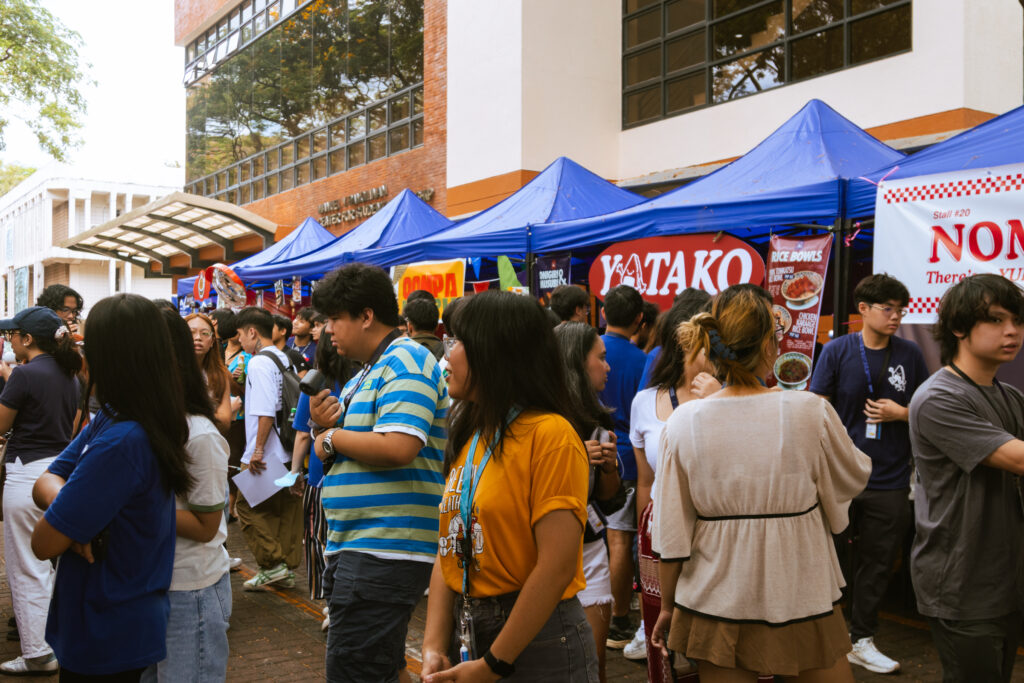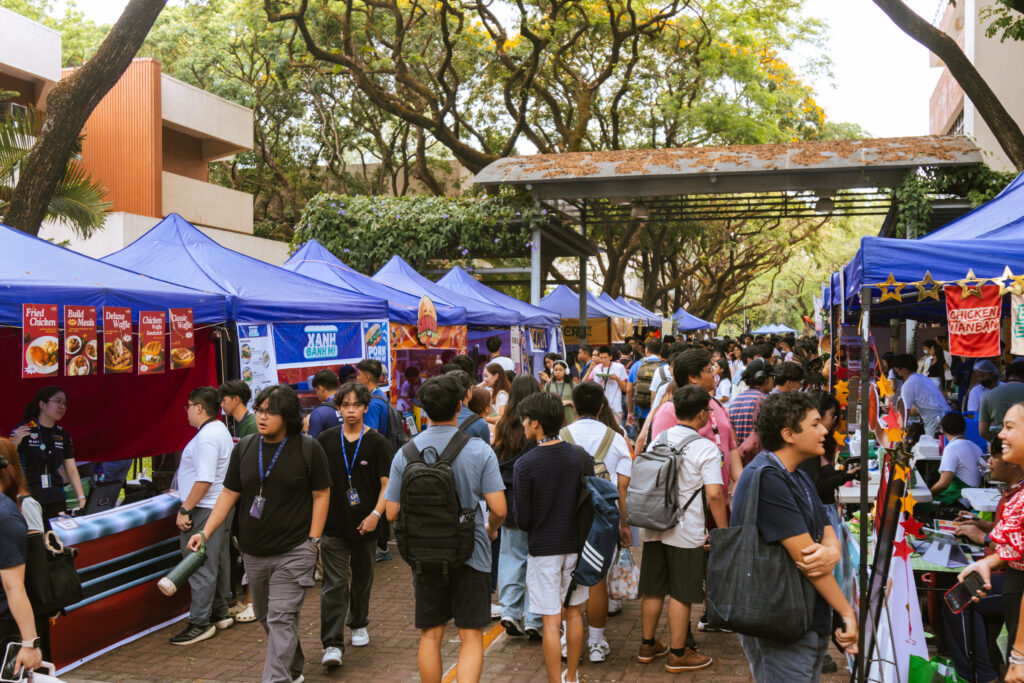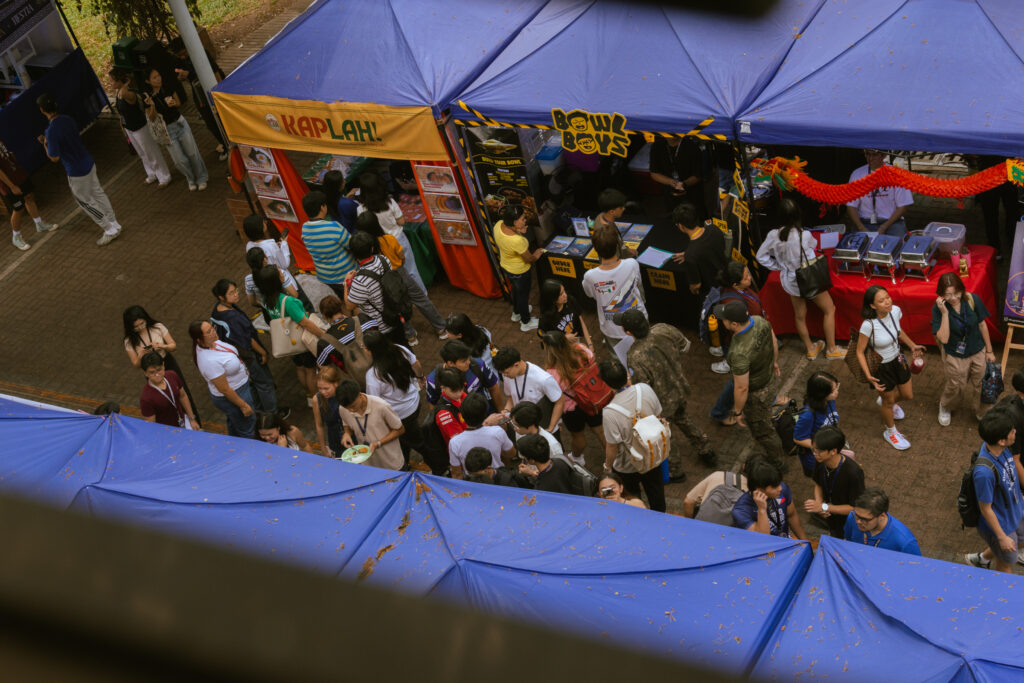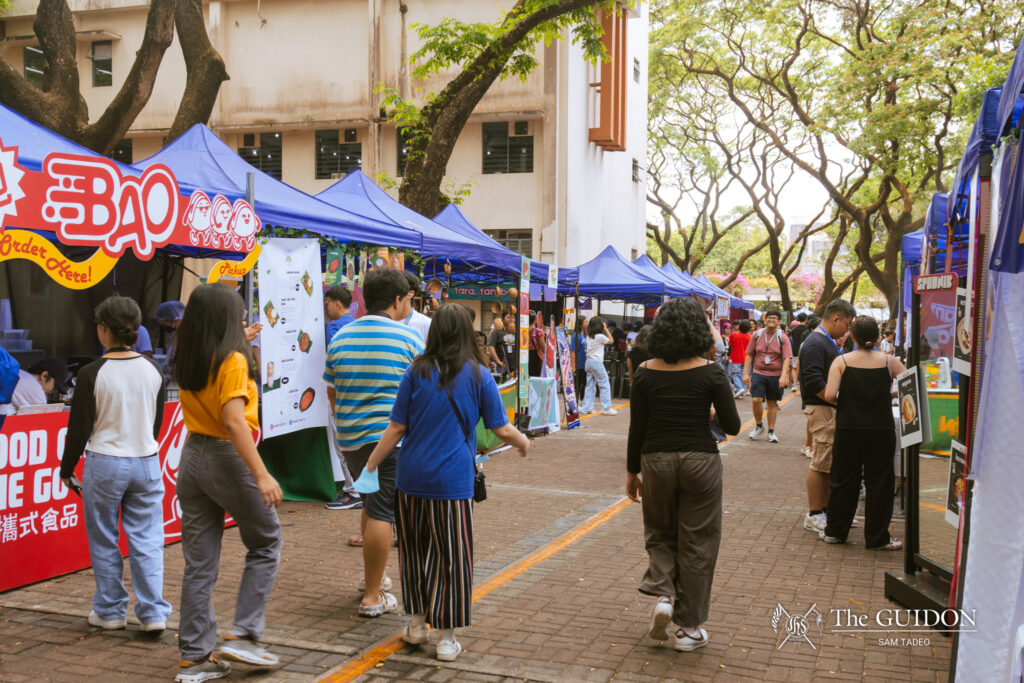Popular for his contribution to the Ateneo Men’s Football Team as goalkeeper (and currently, team manager), there is no question that communications technology management supersenior JP Oracion loves the game. Away from the pitch and away from the gloves, though, he spends his time doing something that involves a little less sweat. While there are those who find expression in the way their paintbrush moves along a canvas, or in the way their make-up harmoniously blends on their face, Oracion finds it in the way a collection of deliberately picked raw materials and ingredients can be brewed into a batch of craft beer.
The root of passion
Oracion has attended craft beer events, released two of his own concoctions, and is currently working on a rebranding. Before all of this, however, his earliest recollection is of a beer at Christmas time.
“My eldest brother gave me a beer, it’s called ‘Delirium Tremens,’” he says. “It’s a Belgian strong ale 8%, I think 8 or 9, tapos ‘yun, when I tried it, parang ‘Hm, it’s different,’ parang, ‘I want something else, something like this.’”
It was then that the flame inside him was lit, and after a good amount of research, he eventually began homebrewing in November 2014. “Sabi ko, ‘Why can’t I create my own beer?’ Then I saw the beer brewing kit na one gallon at the time, it was on an online shop, sabi ko, ‘Oh, why not?’”
“I think in the craft beer community, especially if you want to start your own brewery, you have to start [with] brewing something that you love. Me, in particular, I love stouts,” says Oracion. He smiles as he describes how the dark, heavy, robust stout beer stands out with its different flavors: Coffee, caramel, chocolate, and toffee.
It only makes sense, then, that when Oracion released his first original concoction in September 2016, it was a stout. Oracion named it “EgoTrip” because with its complex flavors and high alcohol content, you’d almost be spoiling yourself with just one bottle.
Behind the scenes
While he did have an ideal beer in mind, it took a lot of books, online forums, articles, and recipes to finally arrive at something he was happy with. To Oracion, brewing craft beer is an ongoing process of constantly working towards the improvement of his beer, and the improvement of his skill.
Around a year ago, Oracion graduated from Siebel Institute’s “Concise Course in Brewing Technologies,” an online course that brushes up on comprehensive knowledge of the brewing process, the dynamics of brewery operations, and issues affecting the industry.
“That allowed me to get into the sciences of beer,” he says, “kasi brewing, in particular, is very technical. So, marami kang kailangan (you need to learn a lot of things)—chemistry to physics to biology.” Just a few months ago, Oracion also attended SEA Brew, a yearly brewing conference and trade fair held in Vietnam. He is still in touch with the local and foreign microbrewers he met there, and continues to e-mail them if he has any questions.
A collaboration
According to Oracion, although healthy competition is present within the microbrewery industry, the community is more like a group of friends working towards the same goal: To convert people to craft beer. “In business we learned about competition, but I think in the craft beer industry, it’s more of a collaboration,” says Oracion.
He says that since it is quite expensive to invest in a brewery, microbrewers support each other by sharing small things like ingredients and equipment, to bigger things like excess capacity in a facility through contract brewing. Oracion mentions The Philippine Craft Kings (PCK), which is a company that encourages Filipino local breweries by buying their beer, storing it somewhere good for beer, and selling it.
He describes the craft beer industry in the Philippines as still very small and slow-growing. For one, craft beer costs a lot more than regular beer because of the ingredients used to make it. Second, people fail to view alcohol as a manifestation of creativity and hard work, and often treat it as simply a means of getting intoxicated.
“I think within the industry [and] brewers, there’s a high collaboration, kasi we believe that beer is something else, not just for ‘yung walwalan,” says Oracion. He hopes that in his lifetime, he will eventually see people’s perception of beer change, but admits that this is a very long process.
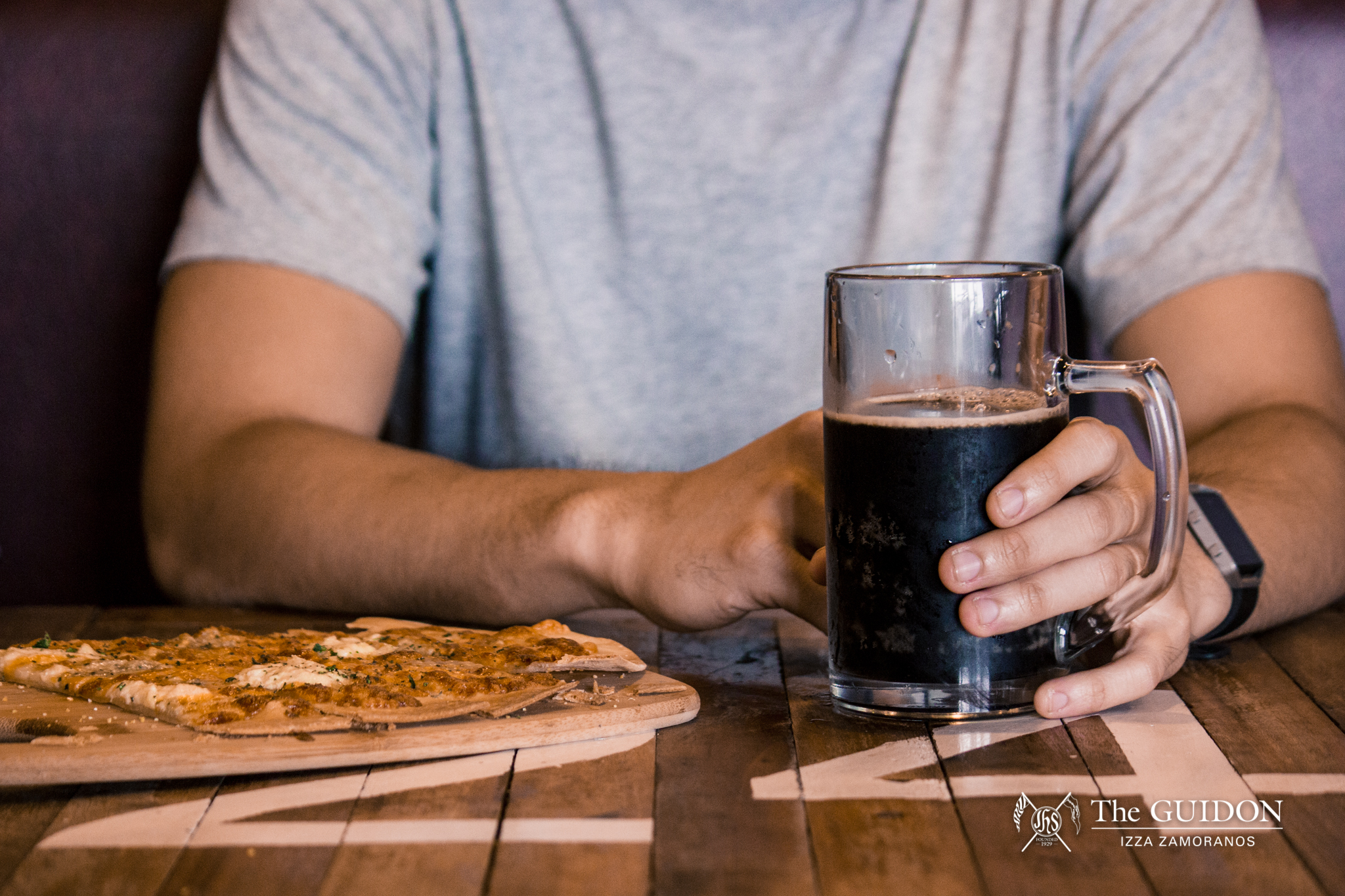
Photo by Izza Zamoranos
The art of beer
As Oracion reflects on the struggles of brewing craft beer—the limited money, the slow distribution, the perception of alcohol in general—he acknowledges that there are so many reasons to leave the industry and succumb to something easier and more financially rewarding.
“I mean, if you really love what you do, at least for yourself, it [should be] something that you find peace in,” he says, “something that you put your creativity in, something that you put your time in, rather than just sitting down just behind a desk doing what you’re told to do. It’s an avenue for me to express myself, and to challenge myself.”
He laughs as he thinks about how inefficient it actually is, but goes on to say that profit isn’t really the number one priority. For Oracion, brewing craft beer, like any form of expression, is about creativity and the joy of envisioning something and seeing it come to life. “‘Yung hindi mo siya ini-expect, ‘yung something new parati (It’s unpredictable, it’s always something new)—that’s what I like [about it].”
Being in the craft beer scene has taught Oracion hard work, hustle, and grit. “Not just passion, but passion with perseverance,” he says. With a stout in his hand and a smile on his face, one thing is for sure: Oracion has got nothing but love for the craft beer industry, and he’s not going anywhere.
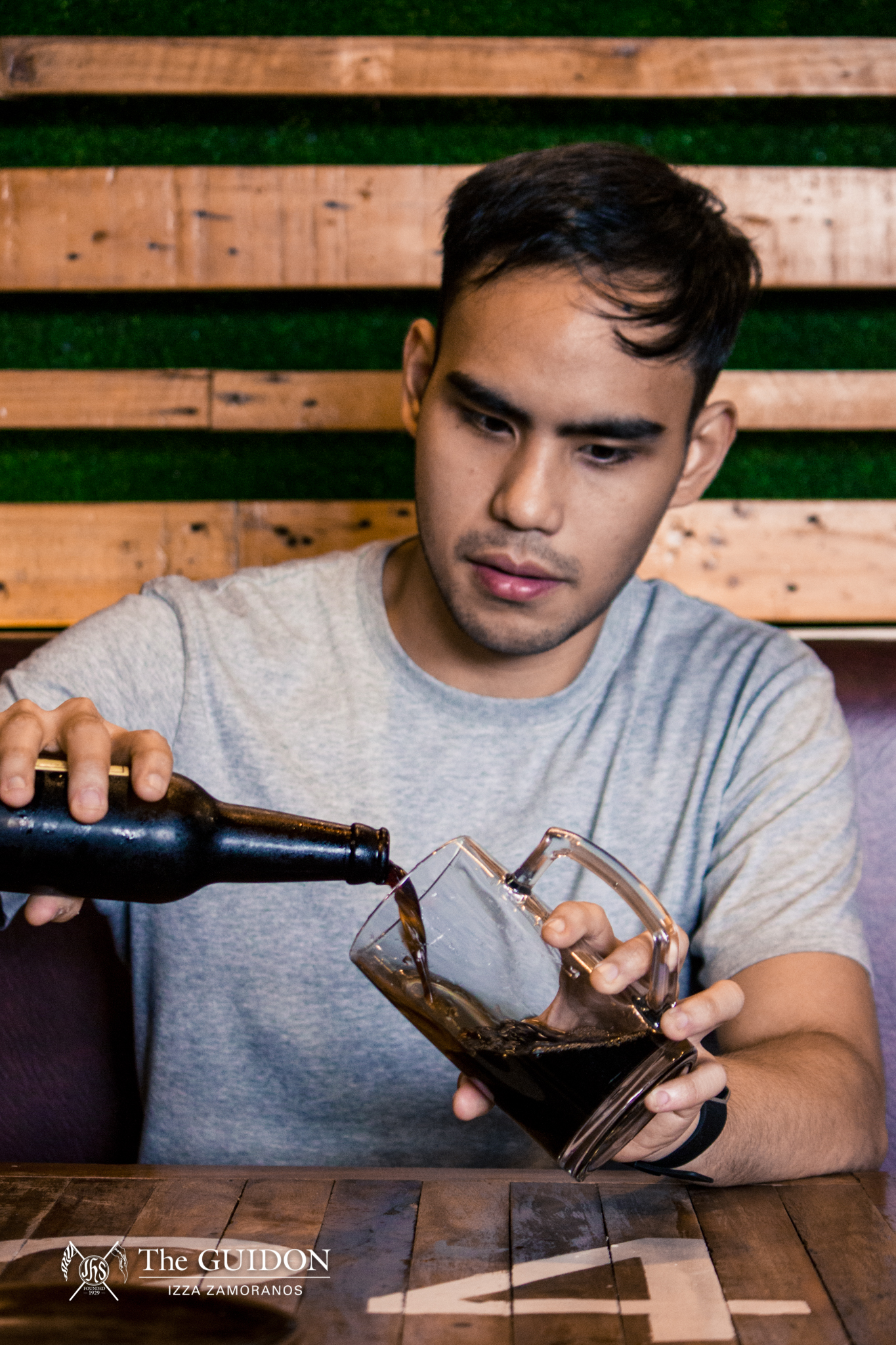
Photo by Izza Zamoranos
Photo by Izza Zamoranos



